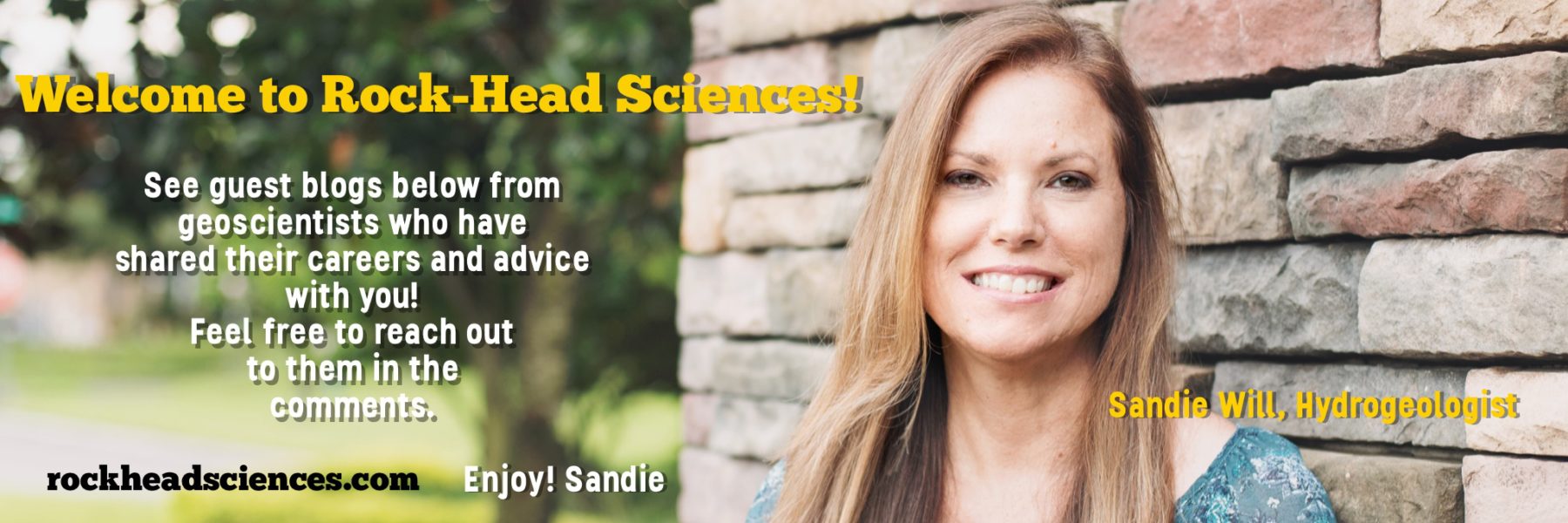NAME: Ailsa Naismith
CURRENT TITLE: First-year postgraduate research student at the University of Bristol
AREA OF EXPERTISE: I use a variety of geophysical techniques to understand the eruptive activity of the active Fuego volcano in southern Guatemala. I’m also interested in how local people perceive the volcano and its hazards.
YEARS OF EXPERIENCE: 2
EDUCATION: I read Earth Sciences at University College London (UCL), achieving an MSci in 2015. My third year was spent abroad at the University of British Columbia, where I first gained an interest in volcanology. After graduating from UCL, I spent nine months working at research institutions in Ecuador and Mexico, before returning to the United Kingdom (UK) to begin a PhD in September 2016. My research group leader is Dr. Matt Watson; we are primarily studying how remote sensing can illuminate the changing activity of Fuego, but our research network extends into collaborations with readers of mathematics and engineering.
TWITTER: @AilsaNaismith
What’s your job like?
A healthy mixture of variety and monotony, and of confusion and certainty. My impression is that this PhD is teaching me to be an all-rounder. I have to organise and manage my own time, arrange meetings and discussions, and generate new ideas. Since starting last autumn, I have learned many skills that include coding, academic writing, time management, office politics, Guatemalan Spanish … the list goes on! I have almost full control over how I spend my days, which is pleasurable and sometimes intimidating – although I love the work, so it isn’t always hard to stay focussed. Most of my work is independent and individual, although I have regular group meetings. The best part is unfortunately also the least frequent: I live for fieldwork.
What’s a typical day like?
The majority of days I spend in the office, with most of my time split between writing, reading articles, or writing code. If it’s a productive day, I can usually spend five hours on these tasks. Outside of that, I usually have one group meeting a day: either a research group discussion to catch up and share ideas, or a Volcanology meeting, like reading group. My work during term time also includes demonstrating in undergraduate classes, where I discuss concepts and provide help for students. I usually demonstrate for several hours each week. Occasionally I am able to participate in outreach activities, which I love – baking soda volcanoes are wonderful!
The highlight of my year will be fieldwork, which could last up to a month. Instead of sitting and ruminating, it’s go, go, go all day – hours are long, work is manual. I will operate equipment, study outcrops, sort logistics like food and gas, and discuss Fuego’s activity with colleagues. I had the great luck to demonstrate the MSc Volcanology field course in Guatemala this February, where I acted as demonstrator and translator for two weeks, before gathering data for my own research. My supervisor and I spent several memorable days on the roof of a golf resort under the volcano, trying to fix an infrared camera.
What’s fun?
Of course, it’s the fieldwork, and the opportunity to travel to a country so dissimilar to the UK. Although a day in the field may be 12+ hours, those hours are spent in focus, and I am rarely still. Instead, I may be fixing a car, operating a camera, hiking a volcano, or asking directions in Spanish. There isn’t time to be bored, and because Guatemala is still relatively new to volcanologists, a lot of problems I encounter are simple, but not necessarily straightforward to solve. That encourages inventive thinking and practical solutions. For instance, how do you prevent a camera from being struck by lightning? These challenges can seem a lot more fun to solve than the nebulous questions your thesis attempts to answer.
I love the opportunity to work in an environment so dissimilar to my own, with people who are passionate and informed, despite somewhat limited resources. The national institute I work with, INSIVUMEH (http://www.insivumeh.gob.gt/), is home to intelligent and generous scientists who are interested in understanding Guatemala’s volcanoes, and protecting those who are vulnerable to its hazards.
What’s challenging?
It can be very difficult to see a way through, sometimes. Often a PhD begins with high ideals and an ambitious plan for how to answer a scientific question – but now that I have started, things sometimes seem a little less clear-cut. It is challenging to work with the hope of delayed gratification: that your experiments will work soon, that your paper will be published some time, and that your plans will come to fruition. Luckily this problem is extremely widespread, so there are others who empathise, and the feeling never lasts – hope springs eternal when you have an interesting project!
What’s your advice to students?
Just go ahead and say it if you don’t know. I constantly am asking questions and feeling uninformed, but if you ask then that feeling is only temporary. Attempt to be curious about lots of things. Collaboration is key: regularly ask for help, input and advice, even perhaps too often. Having mentors and inspiring teachers around you is a great help. If you are sure what you want to do, then do that. If not, then do what you find the most interesting: it’s your life, so you should decide.




Pingback: Volcano bits and bites - Iceland, Nicaragua, World ...
Pingback: Volcano news - Archive Nr. 10